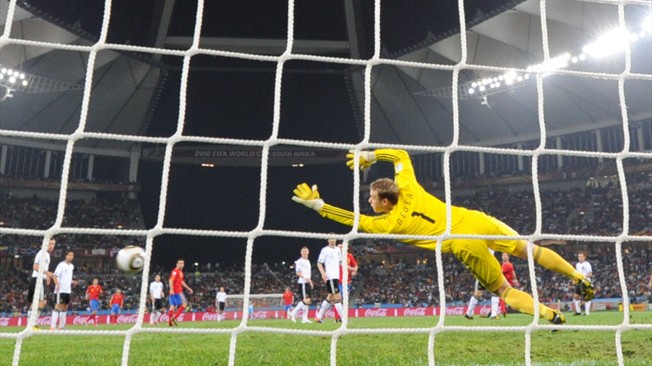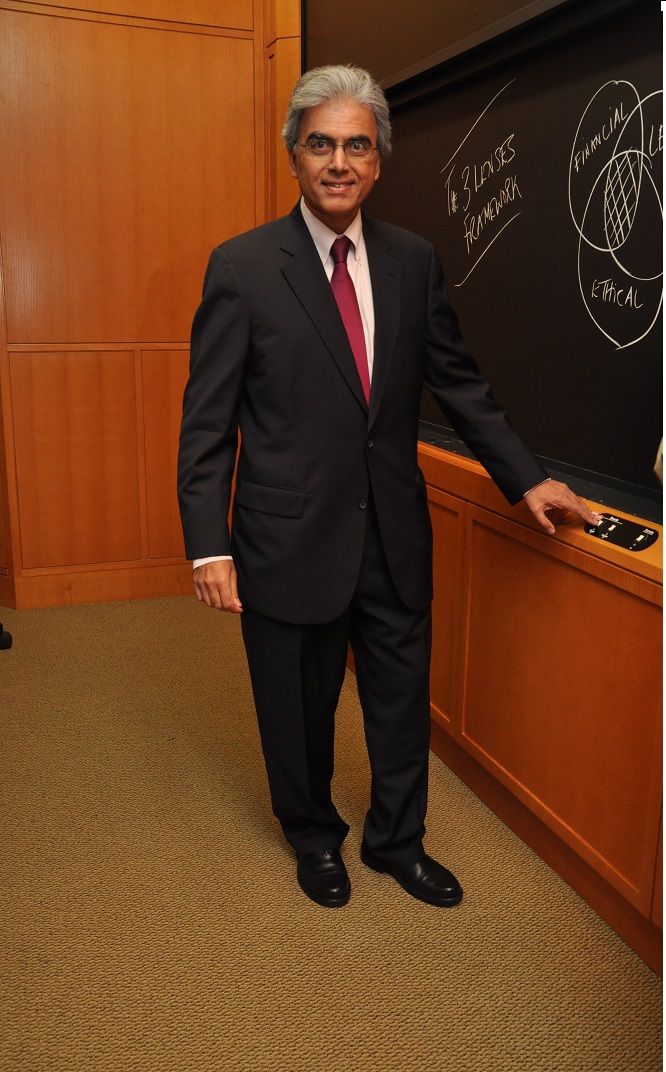Vivek Kaul
Consumer price inflation(CPI) for the month of June 2014 came in at 7.31%. This was the lowest since January 2012. Wholesale price inflation(WPI) for the month of June 2014 had come in at 5.43%, which was a four month low.
A major reason for the fall in overall inflation has been a fall in food inflation, which as measured by the CPI, stood at 7.90% during the month of June 2014. In May 2014, the rate had stood 9.4%. In June 2013, the rate was at 11.84%.
Food inflation has been controlled to some extent due to several steps taken by the Narendra Modi government, which was sworn into power in May 2014. The government has set limits on the export of staples like onions and potatoes. It also decided to sell 5 million tonnes of rice in the open market.
These steps have obviously helped in the near-term. But how do things look over the next few months? TheIndia Meteorological Department in a press release dated July 11, 2014, pointed out that the“rainfall activity was deficient/scanty over the country as a whole” for the period between July 3 and July 9, 2014. This deficiency of rainfall was at 41% of the long period average.
This delay in rainfall has led to a 51% annual decline in the sowing of kharif crops. What this means is that there will be an impact on their production in the months to come, which is likely to lead to a price rise.
When it comes to rice and wheat, the government has enough stock to ensure that it can prevent a rise in their price. As on July 1, 2014, the Food Corporation of India, had a food grain stock of close to 69 million tonnes, which is much more than the strategic reserve that it needs to maintain. A part of this stock can be sold in the open market, in case the lack of adequate rainfall has an impact on the production of food grains, in the months to come.
But the government does not have the same option when it comes to vegetables and fruits. WPI data suggests that vegetable prices fell by 5.89% in June 2014, in comparison to a year earlier. CPI data suggests that vegetable prices went up by 8.73% in June 2014, in comparison to a year earlier.
If we look at the breakup provided by the WPI data potato prices went up by 42.52% in June. A major reason for the same seems to be the fact that the delay in the rains has led to a delay in sowing, harvesting and supply of crops.
Data provided by the National Horticultural Research and Development Foundation proves this. As on June 2, 2014, the potato prices at the Agra mandi were Rs 12.15 per kg and the arrival of potatoes was at 1350 tonnes. On July 14, 2014, the arrival of potatoes had fallen to 720 tonnes and the price had shot up to Rs 16.20 per kg. This explains to a large extent the dramatic rise in the price of potatoes in the month of June. The current trend suggests that the price of potatoes will continue to rise in July as well.
Also, despite a minimum export price of $450 per tonne being set, a huge amount of potatoes are being exported to Pakistan. A recent PTI report suggests that “as much as 1,500 to 2,000 tonnes of potatoes are being exported to Pakistan per day through Attari-Wagah land route in the wake of scarcity of the main vegetable crop in the neighbouring nation.”
And what about onions? Onion prices in June 2014 went up by 10.7% in comparison to the same period in 2013. In June 2013, onion prices had risen by 114.76%. The onion prices between May and June 2014 rose by 16.06%.
The arrival of onions at Lasalgaon, the biggest onion mandi in the country has come down between June and July. In June, the average daily arrival of onions had stood at around 1590 tonnes, at an average price of Rs 13.67 per kg. For the first half of July, the average arrivals have fallen to a little over 1200 tonnes at an average price of Rs 19.67 per kg.
This clearly is not a good sign. A recent report in the Business Standard pointed out that the National Horticultural Research and Development Foundation put “the onion inventory across the country at 2.4-2.5 million tonnes.” The country consumes around 1.2 million tonnes of onions per month. This means that the current stock of onions will last till end of August 2014. “The problem will aggravate in September, when the existing stocks finish. The government should start importing,” RP Gupta, director of National Horticultural Research and Development Foundation told the Business Standard. Onions can last as long as six months. Hence, unlike vegetables, the government can import and store onions if it wants to.
Other than this, fruit and milk prices continue to rise at a very high rate. Fruit prices in June 2014 rose by 21.4%( as per the CPI) and milk prices rose by 10.82%(as per the CPI). Egg, meat and fish prices also rose by 10.27%(as per the CPI) in comparison to last year. This is an impact of the loose-fiscal policy run by the Congress led United Progressive Alliance government. As a recent report titled What a Waste! Brought out by Crisil Research points out “Loose fiscal policy, rising demand for high-value food items and substantial increases in wages — especially in rural wages, as a spillover [of] the rural employment guarantee scheme — have translated into higher demand for proteins. This has raised the prices of items such as milk & milk products, egg, fish and meat as supply falls short of demand. The production of milk and eggs has risen by only 3-4% a year, compounded annually, during 2009-10 to 2012-13, while inflation in this category has risen 14-15% a year.”
Due to these reasons the risk of high food inflation will not go away any time soon.
The article appeared with a different headline on www.firstbiz.com on July 15, 2014
(Vivek Kaul is a writer. He tweets @kaul_vivek)



